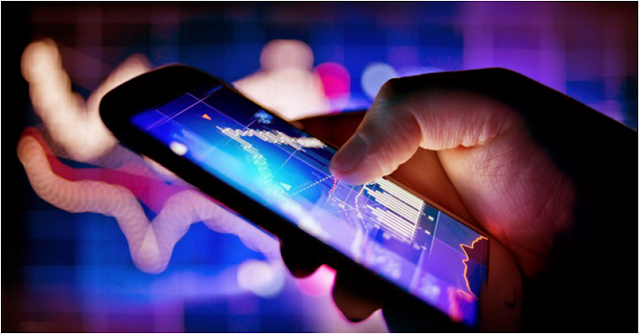Nokia's Return To The Mobile Space With Android WILL Be IMMENSE. God! I've Missed Nokia So Much...
Nokia used to be the world’s biggest phone maker. When you thought of mobile phones you thought of Nokia. The brand was synonymous with mobile technology, just as Apple iand Samsung are right now.
But things went sour quickly for Nokia after the arrival of Apple and Android. Like BlackBerry, Nokia moved too slowly and failed to spot the threat to its control of the mobile market and, between the years of 2007 to 2012, the Nokia brand effectively died.
Then came Windows Phone and, well, we all know how that played out…
The Nokia Brand Is Still Strong
Check around online. Read comments on articles about Nokia’s return. Hell, you can even read old Lumia reviews. Do this and you will see a trend — Nokia’s brand appeal, despite a good few years in exile, is still very strong inside the hearts and minds of A LOT of consumers.
Unlike BlackBerry, Nokia has always been a consumer-facing brand. A lot of its phones are classics. Take the 3310, for instance. Most people, at some point in their life, have owned a Nokia phone. People trust Nokia. People remember Nokia. And I think a strong return in 2016 with Android, as well as some core USPs, will jog people’s memory about Nokia and see people out in droves to check out their new hardware.
I know — this sounds like wishful thinking. But I have faith that Nokia can design its way into contention on the already packed Android space. It has great people and a better understanding than most about what makes a great phone. Throw in all the benefits you get with Android Nougat and, well, a flagship Nokia phone in 2016 starts to sound very compelling.
Nokia Knows How To Design The Hell Out of Things
Nokia has produced hundreds of phones over the years, phones of all shapes and sizes. Nokia knows how to design handsets that stand out from the crowd. Even the phones during its Lumia campaign were notable for their robust, unique styling; things only came apart on the software front, and that was all Microsoft's doing. The Lumia 1520 and Lumia 1020 immediately spring to mind; these handsets still look cool today, despite their age. Nokia's also one of only a small group of manufacturers who know how to build in plastic and still make a phone feel like a quality, £400+ price tag worthy product.
I cannot wait to see what Nokia’s designers come to the fray with in 2016. I hope it is something original; there is a lot of room for some innovation with design in the Android space. Most phones look and feel the same these days — rectangular, slim slabs — so it’d be nice to see Nokia inject some je ne sais quoi into things in this regard.
Android Solves All Previous Issues
Windows Phone as an ecosystem couldn’t keep up with Android and iOS. It lacked applications, content and services. This is one of the many reasons why Microsoft scrapped it. The platform itself was plenty powerful and well optimised, but when most people — like 90% — are used to Apple’s App Store and Google Play, an understocked Windows Store simply don’t cut the mustard.
With Android Nougat at the core of its phones, Nokia simply doesn’t need to worry about software. It can focus on what it does best — hardware.
Price — Nokia Will Go For Competitive Angle
Word on the street suggests Nokia will release a range of phones which will include a flagship device and a couple of more affordable units. What I hope doesn’t happen is that Nokia just goes after the budget space — this would suck. If Nokia is returning to the phone space it needs to do so with a BANG.
Also, things have changed quite a bit since it departed from the phone market. OnePlus has shown you can run a viable business with network support and lower cost hardware. Wouldn’t it be nice if Nokia’s return took a few plays from OnePlus’ handbook and championed cutting edge hardware at uber-competitive prices?
Nokia Loves To Innovate
Whether you’re talking about camera technology or the overall physical design of a phone, Nokia has excellent pedigree in both. It was the first to really popularise the camera phone format and then it debuted its PureView camera technology at MWC 2012. In between this Nokia consistently pushed the boundaries with the design, build materials and integral nature of its phones.
I miss Nokia’s balls-out approach to things. I’d also love to see its PureView technology re-jigged for 2016/17. Beyond this Nokia is well placed to do some innovating in a space where most simply attempt to keep up with Apple and Samsung. LG and HTC have done a lot in 2016 to add in value to their releases, but I believe Nokia’s approach to things and its talented team will go one better and give us something to really look forward to.
I know this is a rather gushing post on Nokia. But I do believe the mobile space is a duller place without the firm. I always remember getting excited by the arrival of a new Nokia phone back in the day, whether the N8 or N900, it didn’t matter, as I always knew it’d be something different.
I just hope Nokia hasn’t lost the magic it once had!







